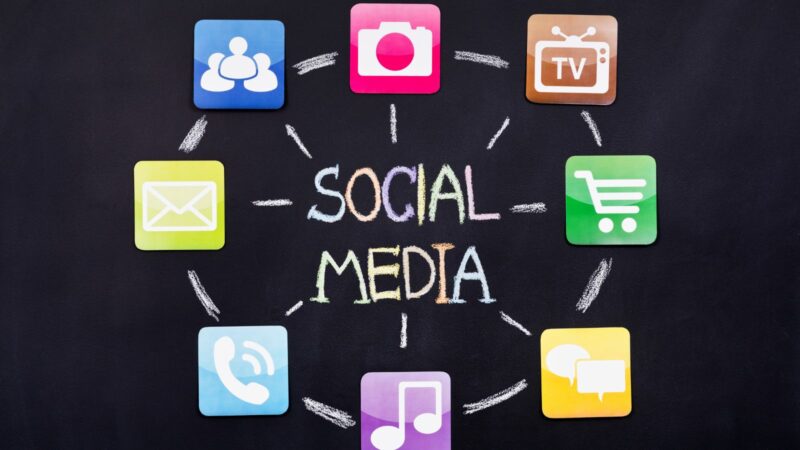In today’s digital era, social media isn’t just a platform for connecting with friends—it’s become a powerful tool for businesses and influencers alike. But what makes a social media platform truly captivating? It all comes down to content.
Content, in the realm of social media, is the lifeblood that keeps the conversation flowing. It’s the posts, images, videos, and comments that fill up our feeds and keep us scrolling for more. But there’s more to content than meets the eye.
Content Definition Social Media
Content retains an influential role in social media usage. It represents the building blocks of any social media experience, the essence that keeps social networks vibrant and engaging. For this section, let’s delve into understanding content definition in the realm of social media and the various content types prevalent on different platforms.

In the context of social media, content means any information, messages, graphics, photos, audios, videos, or other data shared across social media networks. This content embodies the thoughts, feelings, ideas, and experiences of users that they wish to express or share with their network. It’s the peanut butter to the virtual bread, offering substance, flavors, and textures to keep audiences interested and engaged.
Moreover, content may either be user-generated or created by businesses and influencers. User-generated content usually includes personal experiences, opinions, events, and community discourse, while content produced by businesses and influencers pertains to marketing campaigns, promotions, product launches, and thought leadership articles.
Role of Content in Social Media Strategy
In the digital landscape, and more specifically within social media platforms, content demonstrates dual functionality. It provides a means for engagement with audiences and an avenue for businesses to promote their products and services.

Understanding the difference between content for engagement and content for sales is crucial in devising an effective social media strategy. Content for engagement garners reactions, comments, and shares. This type of content fosters rapport, nurturing customer relationships. Examples include posts that share useful information or entertain, such as infographics, memes, or how-to videos.
On the other hand, content for sales focuses on showcasing products or services. It aims to convert followers into customers. Product demonstrations, customer testimonials, and targeted ads exemplify this kind of content.
Measuring the success of content on social media channels necessitates tracking pertinent metrics. While these metrics are platform-specific, commonalities include reach, interaction rates, and conversion rates.
- Reach demonstrates the number of people who had potentially seen the post.
- Interaction rates (likes, comments, shares, views) reflect audience engagement.
- Conversion rates indicate the number of people who viewed the content and took further action, such as subscribing to a newsletter, filling a form, or making a purchase.
Balancing content for engagement and content for sales, and monitoring their effectiveness, play essential roles in shaping a successful social media strategy. Therefore, firms must align their content creation with these strategies and continually evaluate performance to ensure their approach adjusts according to user feedback and platform trends.
Trends in Social Media Content
Given the context of the impact of content on social media, it’s apparent that trends play a significant role in its evolution. Trends involve shifting attention to emerging formats of content and emphasizing the importance of authenticity and transparency.

New forms of social media content rise, making user engagement dynamic and engaging. Alert attention turns to formats like live streams and ephemeral ‘stories’—content that lasts temporarily, often 24 hours, on platforms such as Instagram and Snapchat. Live streams allow for real-time interaction between creators and their audience, fostering a deeper sense of connection. Similarly, ‘stories’ offer a raw and unfiltered peek into their day-to-day lives, encouraging audience engagement.
Furthermore, smart use of interactive content (polls, quizzes, etc.) facilitates audience participation and engagement. User-generated content (UGC) proves to be another emergent trend. Examples of UGC include reviews, testimonials, or photos/videos from consumers themselves, offering an authentic perspective about a product or service.

